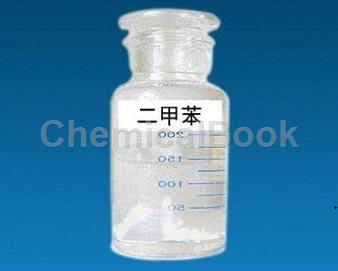1. Sources and hazards of benzene in indoor environments
The main sources of benzene in the indoor environment are tobacco smoke, solvents, paints, dyes, fax machines, computer terminals and printers, adhesives, wallpapers, carpets, synthetic fibers and detergents.
In industry, benzene, toluene, and xylene are often collectively referred to as triphenyl. Among these three substances, benzene is the most toxic.
It is generally believed that the toxicity of benzene is caused by metabolites, which means that benzene must first be metabolized before it can cause harm to living organisms. Benzene can be metabolized in the liver and bone marrow, and bone marrow is the site where red blood cells, white blood cells, and platelets are formed. Therefore, benzene entering the body can form hemotoxic metabolites in the hematopoietic tissue itself. Long-term exposure to benzene can cause bone marrow and genetic damage. Blood examination can reveal leukopenia, thrombocytopenia, pancytopenia, aplastic anemia, and even leukemia. Someone once investigated the health status of workers exposed to low concentrations of benzene. The results showed that: although the number of peripheral blood leukocytes was within the normal range, it was very significantly lower than that of the control group; the distribution of lymphocyte micronucleus rate in workers exposed to regular benzene was higher than that in non-workers. The benzene exposure group, and the lymphocyte micronucleus rate of the observation group in the benzene making workshop was significantly different from the control group; as the benzene concentration in the working environment increased, the number of white blood cells tended to decrease, and the lymphocyte micronucleus rate tended to increase. All these prove that low concentrations of benzene are harmful to the health of working people, and special attention should be paid to the damage to human genetic material.

Inhalation of benzene above 4000ppm for a short period of time will not only irritate the mucous membrane and lungs, but also have a depressive effect on the central nervous system. It will also be accompanied by headache, vomiting, unsteady gait, coma, convulsions and arrhythmia.
Inhaling benzene above 14,000 ppm will cause immediate death.
2. Sources and hazards of toluene in indoor environments
Toluene mainly comes from some solvents, perfumes, detergents, wallpapers, adhesives, paints, etc. The amount of toluene produced by smoking in the indoor environment is also very considerable. According to U.S. EPA statistics, for unfiltered cigarettes, the toluene content in mainstream smoke is about 100~200ug, and the toluene concentration ratio in side/mainstream smoke is 1.3.
After toluene enters the body, about 48% is metabolized in the body and is finally excreted through the liver, brain, lungs and kidneys. In the process, it will cause harm to the nervous system. Volunteer experiments have proven that when the toluene concentration in the blood reaches 1250mg /m3, the short-term memory ability, attention span and sensorimotor speed of the exposed persons were significantly reduced.
3. Sources and hazards of xylene in indoor environments
Xylene comes from solvents, pesticides, polyester fibers, tapes, adhesives, wallpapers, paints, wet-process photocopiers, manufactured laminates and carpets.
Xylene includes three isomers: ortho, meta and para. The meta position has the largest proportion, which can reach 60%~70%, and the para position has the lowest content. Xylene can be absorbed through the respiratory tract, skin and digestive tract. Its vapor enters the human body through the respiratory tract, and part of it is excreted through the respiratory tract. The absorbed xylene is most distributed in the body in adipose tissue and adrenal glands, followed by bone marrow, brain, blood, and kidneys. and liver. The toxicity of the three isomers of industrial xylene is slightly different, and they are all of low toxicity. According to reports, three workers inhaled xylene with a concentration of 43.1g/m3. One died 18.5 hours later. The autopsy showed pulmonary congestion and cerebral hemorrhage. The other two workers lost consciousness for 19 to 24 hours, accompanied by memory loss and kidney disease. Functional changes. In addition, inhaling high concentrations of xylene can cause loss of appetite, nausea, vomiting and abdominal pain, and sometimes can cause reversible damage to the liver and kidneys. At the same time, xylene is also an anesthetic, and long-term exposure can cause nervous system dysfunction.

 微信扫一扫打赏
微信扫一扫打赏

